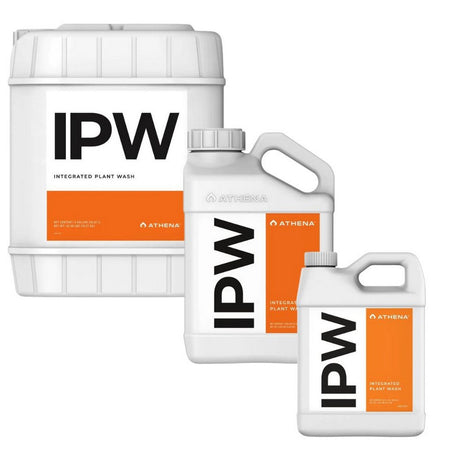Sciarid Fly / Fungus Gnat
Fungus Gnats (also known as the Sciarid Fly) are small flies that thrive in damp soil. While not necessarily as problematic as other grow room pests (such as Spider Mite or Thrip), they can be especially damaging to young plants, due to the way in which their larvae eat fine, delicate root hairs. If left unattended they will soon multiply and become a more serious problem, so it's important to eradicate them as soon as possible. Here at Hytec, we've got a range of pest management solutions specific to fungus gnats.
A bit more about Fungus Gnats
Fungus gnats can be problematic for indoor gardens for several reasons:
-
Larval Feeding on Roots: Fungus gnat larvae feed on organic matter, including plant roots. Their feeding activity can damage and weaken the roots of indoor plants, leading to stunted growth, nutrient deficiencies, and an overall decline in plant health.
-
Disease Vector: Fungus gnats can serve as vectors for plant pathogens. As they move between plants, they can transfer fungal and bacterial diseases, contributing to the spread of infections within the indoor garden.
-
Disruption of Seedlings: Fungus gnat larvae are particularly attracted to young, tender roots and seedlings. Their feeding on seedlings can hinder the establishment of young plants, leading to poor growth and development.
-
Nutrient Deprivation: The feeding activity of fungus gnat larvae can cause nutrient imbalances in the soil. This may result in inadequate nutrient uptake by plants, leading to deficiencies and affecting the overall vitality of the indoor garden.
-
Stress on Plants: Continuous infestations of fungus gnats can stress plants. Stressed plants are more susceptible to other pests and diseases, making the overall indoor garden more vulnerable to various issues.
-
Root Damage: Fungus gnat larvae tunnel into the soil and feed on roots, creating entry points for soil-borne pathogens. This root damage can compromise the plant's ability to take up water and nutrients, leading to further stress and reduced growth.
-
Disruption of Soil Ecosystem: Fungus gnat larvae play a role in breaking down organic matter in the soil. However, in high numbers, they can disrupt the balance of the soil ecosystem, affecting beneficial microorganisms and potentially leading to an increase in harmful soil-borne pathogens.
-
Adult Nuisance: While the primary damage is caused by the larvae, adult fungus gnats can also be a nuisance. They may be attracted to indoor spaces, including homes, and can be an unwelcome presence for individuals.
To manage fungus gnat infestations in indoor gardens, it's important to implement control measures such as using sticky traps, applying beneficial nematodes, allowing the soil to dry out between watering to reduce larvae habitat, and using insecticides if necessary. Regular monitoring and prompt action are key to preventing fungus gnat populations from becoming a serious problem in your indoor garden.










































